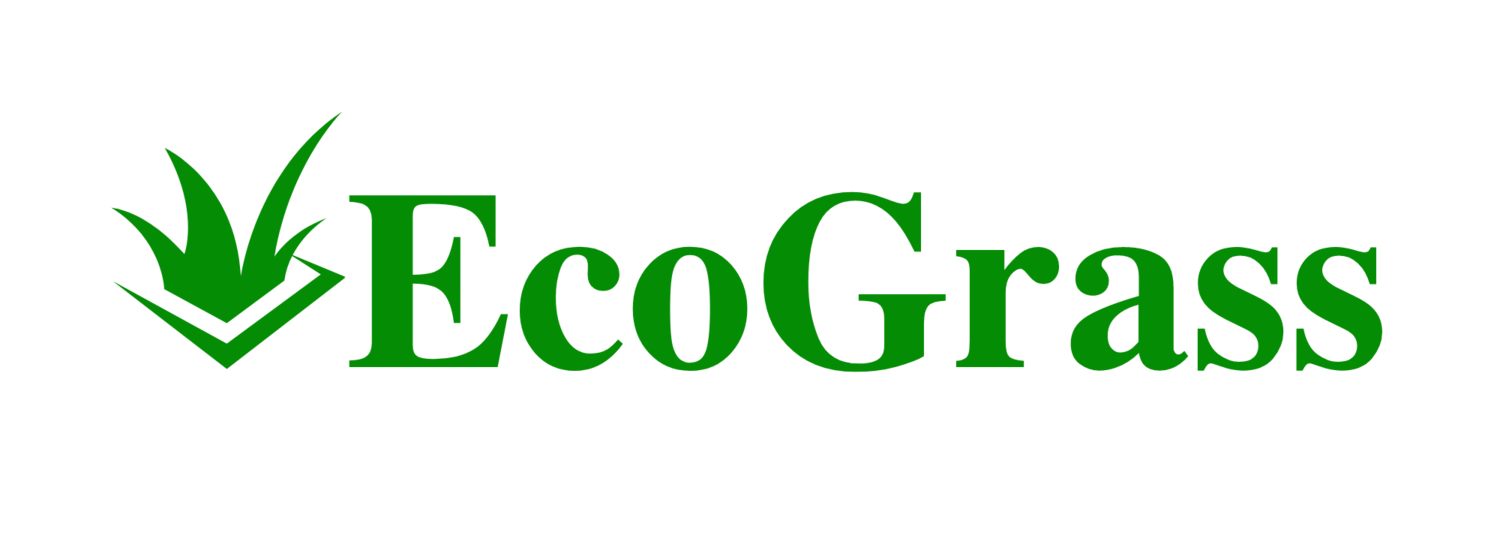Thinking about switching to artificial turf for your home’s landscape? This decision carries significant considerations, especially when weighing the costs and benefits. You are likely to invest between $15 and $19 per square foot for the installation, which includes both materials and labor. The average homeowner typically spends around $7,400 for a 500-square-foot area.
Though the initial investment is higher than real grass, artificial turf can offer long-term financial savings. By eliminating the need for regular watering, mowing, and fertilizing, you can see a return on your investment in just a few years. Additionally, many artificial grass installations are durable and can last for two decades or more with minimal maintenance.
Artificial turf offers value beyond financial aspects. For busy homeowners, the convenience of a low-maintenance lawn is immensely attractive. Say goodbye to the weekends spent mowing and the constant worry about bald patches or pests. With artificial grass, you get a lush, green lawn year-round.
Evaluating the Costs and Investments
Investing in artificial turf involves both immediate financial outlays and long-term savings. Understanding these aspects will help you make an informed decision.
Initial Outlays and Installation Costs
The cost of artificial grass includes several components: materials, labor, and additional items like infill. Typically, synthetic grass installation can range from $5 to $20 per square foot.
Materials alone may cost around $2 to $8 per square foot. Labor costs vary depending on local rates but generally add another $3 to $7 per square foot.
Additional expenses may include site preparation, such as removing existing grass and flattening the area. Complex landscapes with slopes or intricate designs can push costs higher.
These initial investments can be substantial, making it crucial to budget effectively.
Long-Term Savings and Maintenance
Artificial turf offers significant long-term savings compared to natural grass. With minimal maintenance requirements, you save on tasks like watering, mowing, and fertilizing. This leads to lower utility bills and reduced expenditures on maintenance equipment and supplies.
Over a lifespan of 15 years, you could save around $1,000 annually. By avoiding regular watering and equipment upkeep, the savings add up significantly.
This makes artificial turf a cost-effective choice for those looking to save money and reduce ongoing maintenance efforts.
Practical Considerations and Durability Factors
In evaluating if artificial turf is worth the cost, you should consider the quality and variety of materials, as well as environmental and health impacts.
Material Quality and Varieties
Artificial turf comes in several materials: polypropylene, polyethylene, and nylon. Polypropylene is the most affordable but less durable. Polyethylene offers a good balance between cost and durability, making it popular for household use. Nylon turfs are the most durable but also the most expensive.
Different materials suit different needs. For example, nylon turf is suitable for high-traffic areas, whereas polyethylene turf is softer and good for lawns where pets play. Inspect the pile height and density; higher densities often mean more durable and realistic-looking turfs.
Maintenance is less intensive than real grass, but you should still periodically clean and brush the turf to prolong its lifespan.
Environmental and Health Aspects
Artificial turf has both positive and negative environmental impacts. On the plus side, it eliminates the need for pesticides, fertilizers, and excess water, making it an eco-friendly choice. Synthetic turf is beneficial in hot climates where water conservation is crucial.
However, some drawbacks include heat retention, making the turf quite hot in direct sunlight. Drainage and antimicrobial features are important to prevent bacteria buildup. Some turfs come with built-in antimicrobial agents to improve hygiene.
Choose synthetic turf that is recyclable or made from recycled materials to lessen environmental impact. Although artificial turf does not require chemicals like natural grass, its production and disposal can still affect the environment.

